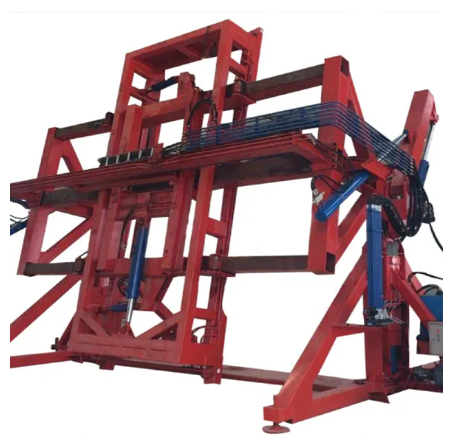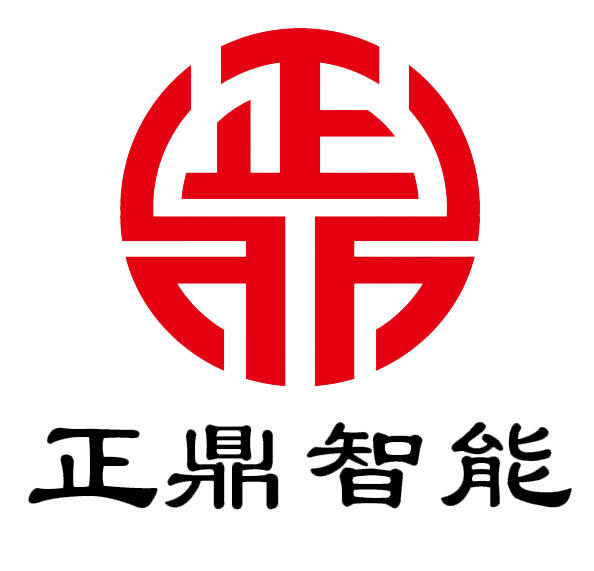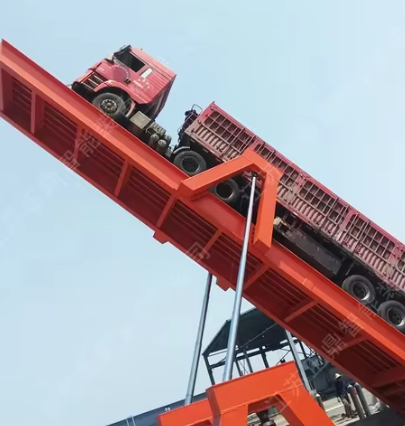Transforming Global Logistics Through Advanced Container Manipulation
The shipping and logistics industry has witnessed a remarkable evolution in recent years, with container turning machines emerging as a groundbreaking solution for efficient cargo handling. These sophisticated pieces of equipment have fundamentally changed how ports, warehouses, and distribution centers manage their container operations. By enabling precise and controlled rotation of shipping containers, these machines have become indispensable tools in modern logistics operations.
The impact of container turning machines extends far beyond simple container manipulation. They represent a significant leap forward in workplace safety, operational efficiency, and cost-effectiveness. As global trade continues to expand and supply chains become increasingly complex, the role of these innovative machines becomes ever more critical in maintaining smooth logistics operations.

Understanding Container Turning Technology
Core Mechanical Components
Container turning machines comprise several sophisticated components working in harmony to ensure safe and efficient container rotation. The primary structure includes robust steel frames, hydraulic systems, and specialized gripping mechanisms. These elements are engineered to handle the immense weight and size of standard shipping containers while maintaining precise control throughout the turning process.
The hydraulic system serves as the backbone of these machines, providing the necessary power and control for smooth container manipulation. Advanced sensors and safety mechanisms are integrated throughout the system, ensuring optimal performance while maintaining strict safety standards during operation.
Operational Principles
The functionality of container turning machines relies on carefully calculated physics and engineering principles. The machines employ a combination of mechanical leverage and hydraulic power to achieve controlled rotation of containers weighing several tons. This process must account for the container's center of gravity, weight distribution, and potential shifting of contents during rotation.
Modern container turning machines feature sophisticated control systems that allow operators to adjust rotation speed and angle with precision. This level of control is crucial for handling different types of cargo and ensuring the safety of both the contents and operating personnel.
Benefits and Applications in Modern Logistics
Enhanced Operational Efficiency
The implementation of container turning machines has revolutionized logistics operations by significantly reducing handling times and labor requirements. These machines can complete container rotation tasks in minutes, compared to traditional methods that might take hours and require multiple pieces of equipment and personnel.
Efficiency gains are particularly noticeable in high-volume operations where multiple containers need processing daily. The speed and reliability of container turning machines help maintain consistent throughput rates and reduce bottlenecks in the logistics chain.
Safety Improvements
Workplace safety has seen remarkable improvement with the adoption of container turning machines. By eliminating the need for manual intervention in container rotation, these machines significantly reduce the risk of workplace accidents and injuries. Operators can control the entire process from a safe distance, using remote controls or automated systems.
The integrated safety features of modern container turning machines, including emergency stop mechanisms and overload protection, provide additional layers of security for both personnel and cargo. This comprehensive approach to safety has made these machines essential in meeting contemporary workplace safety standards.
Industry Impact and Economic Benefits
Cost Reduction and ROI
The investment in container turning machines typically delivers substantial returns through various channels. Reduced labor costs, faster operation times, and decreased equipment maintenance requirements contribute to significant cost savings over time. Additionally, the precision handling these machines provide helps minimize cargo damage, leading to reduced insurance claims and better client satisfaction.
Organizations implementing container turning machines often report notable improvements in their operational budgets within the first year of deployment. The combination of increased throughput and reduced overhead creates a compelling business case for adoption.
Competitive Advantage
In the highly competitive logistics industry, the efficiency gained through container turning machines can provide a significant market advantage. Companies equipped with these machines can offer faster service times, more reliable handling, and better cargo protection, making them more attractive to potential clients.
This technological edge enables businesses to expand their service offerings and take on more challenging projects that competitors might not be able to handle. The ability to efficiently manage complex container operations becomes a key differentiator in the market.
Environmental and Sustainability Considerations
Energy Efficiency
Modern container turning machines are designed with environmental consciousness in mind. Many models incorporate energy-efficient systems that minimize power consumption while maintaining optimal performance. The precision of these machines also means fewer wasted movements and better energy utilization compared to traditional handling methods.
The reduced energy footprint of these machines aligns well with growing industry focus on sustainability and environmental responsibility. This aspect becomes increasingly important as companies face mounting pressure to reduce their carbon emissions and environmental impact.
Sustainable Operations
The durability and longevity of container turning machines contribute to their sustainability profile. Well-maintained machines can operate effectively for many years, reducing the need for frequent replacement and the associated environmental impact of manufacturing new equipment.
Additionally, the efficient operation of these machines helps optimize space usage in ports and warehouses, potentially reducing the need for facility expansion and the corresponding environmental impact.
Frequently Asked Questions
How do container turning machines improve workplace safety?
Container turning machines enhance workplace safety by eliminating the need for manual handling during container rotation operations. They feature remote control capabilities, emergency stop systems, and advanced safety sensors that protect both operators and cargo during the turning process.
What maintenance requirements do container turning machines have?
Regular maintenance typically includes hydraulic system checks, lubrication of moving parts, inspection of safety features, and periodic testing of control systems. Following manufacturer-recommended maintenance schedules ensures optimal performance and longevity of the equipment.
Can container turning machines handle different container sizes?
Most modern container turning machines are designed to accommodate standard shipping container sizes, including 20-foot and 40-foot containers. Many models feature adjustable gripping mechanisms and control systems that can be configured for different container dimensions and weights.

